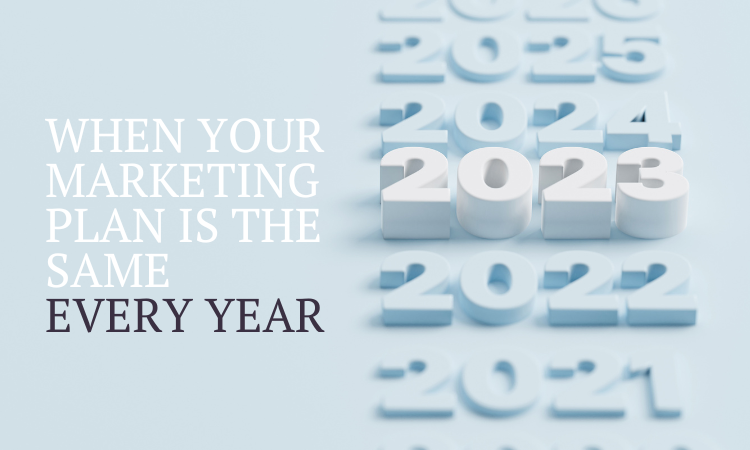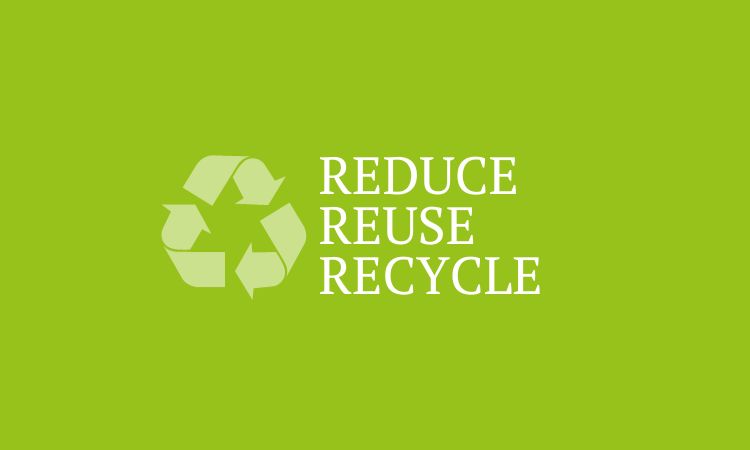Blog
Our ramblings packed with marketing tips to tricks to get more from your marketing as well as giving you a little insight into our work and life. Grab a coffee.

Social Media Training for Small Businesses
10 April 2024
Introducing our Social Media Training in small group sessions focussing on improving how you use Facebook and Instagram for your small business.

Avoid Rinse and Repeat Your Marketing Plan
13 March 2024
Stop doing the same marketing plan year in, year out. Learn how to review, improve & evolve to grow your business.

A Guide to the Marketing Statistics you need to track
5 February 2024
Let us walk you through each of our marketing activities and the key metrics you need to track to measure success.

The 2024 Marketing Trends to Try
8 January 2024
We have identified five marketing trends to take note of this year and see your business flourish.

REAL: What a Social Media Audit looks like
7 December 2023
Let us explain who would benefit from a social media audit, what is included and how it works.

Your Guide to Recycling your Marketing Content
18 October 2023
Learn how easy it is to reduce your workload, reuse what you already have and repurpose that content effortlessly.

Why you need a set of branded graphics for your social media feeds
11 October 2023
If you’ve avoided branded templates before, here is why you really need to start using them on your social feeds.

The Ultimate Guide to Hashtags
1 September 2023
Find and select the most effective hashtags for your social media strategy to be discovered.

REAL: Making a Speedy Influencer Box
7 June 2023
Discover how we created this speedy beauty box for Instant Effects for their launch with a nationwide retailer
